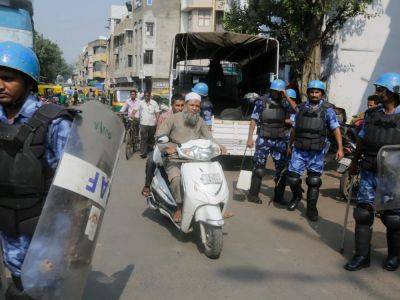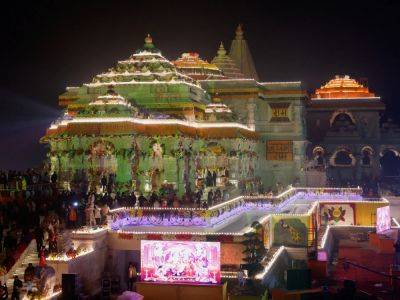Babri mosque to Ram temple: A timeline from 1528 to 2024
Ram temple is inaugurated in northern Ayodhya city 32 years after a Hindu nationalist mob demolished the Mughal era Babri mosque.
India’s Prime Minister Narendra Modi has inaugurated a grand temple to the Hindu God Ram in Ayodhya in the northern state of Uttar Pradesh, culminating a four-decade campaign to build the temple by Hindu far-right groups.
The temple, popularly known as Ram Mandir, is being constructed on the land where a 16th-century mosque stood until 1992, when Hindu far-right mobs demolished it, triggering a nationwide Hindu-Muslim riots that killed more than 2,000 people, most of them Muslims.
Hindus claim the Babri Masjid was built on the site of a temple during the first Mughal ruler Babar, on land that was the birthplace of their chief deity Ram. Muslims offered prayers until 1949 when idols were placed inside the mosque allegedly by Hindu priests.
An Indian Supreme Court ruling in 2019 gave ownership of the land to a Hindu trust. The inauguration of the temple is being seen as a symbol of religious triumphalism, turning India’s secular democracy into a Hindu-first nation, further polarising politics that will likely benefit the governing Bharatiya Janata Party (BJP) months ahead of general elections.
Here is a timeline of the mosque-temple dispute:
Babri Mosque is built by Mughal commander Mir Baqi under the rule of the first Mughal king, Babur.
A Hindu sect claims that a temple was destroyed during Babur’s reign to make way for the mosque.
The British colonial administration partitions the site into two separate sections for Hindus and Muslims. Muslims allowed to pray inside, while Hindus allowed to worship in the outer courtyard.
The government declares the mosque a “disputed property” and locks







